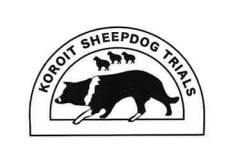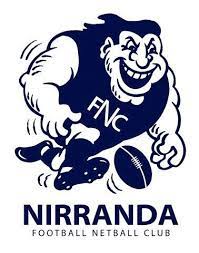Dr Zoe Vogels
Most bacteria that cause mastitis get into the udder through the teat canal. It follows that the more we can reduce bacteria on the teat end, the better we can reduce the risk of mastitis. Post milking teat spray is important for two reasons: the first is that it helps kill any bacteria that are left on the teat skin after after milking, such as when a high cell count cow leaves infected milk on the liners that then ends up on the skin of an uninfected cow. The second reason is maintaining healthy skin: dry or cracked skin will lead to better bacterial survival (especially for bacteria like Staph and Strep) and increased risk of infection. Emollients such as glycerine, sorbitol and lanolin are used to help keep teat skin healthy, generally included at a maximum of 10%, or up to 20% for short periods if skin condition is really bad.
To be effective, teat spray must cover the entire surface of the teat that has been touched by the liner. We can assess this coverage visually, or using paper towel – this is the same regardless of whether application is manual or automatic. If coverage could be improved, a staff training session might be in order or a discussion with the maker of the automatic-teat spray unit to see how it could be improved.
It is also important to minimise the risk of contamination of clusters with infected milk: detect cases quickly, separate them and milk them after the main herd. Rinse clusters that have just milked a newly detect clinical case well with clean water (e.g. cooled from hot water service) – it is important not to use teat spray to disinfect clusters without rinsing it adequately afterwards as this will contaminate vat with iodine.
There are several active ingredients used in post milking teat sprays, usually iodine or chlorhexidine. It is important to use in date, registered teat spray products. If mixing up products, water quality is important to consider, in some situations a ready to use (RTU) product may be the best option.

Paper towel test – good coverage

Paper towel test – poor coverage






























